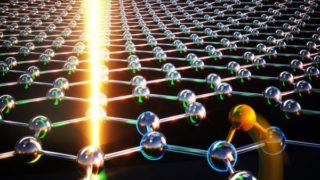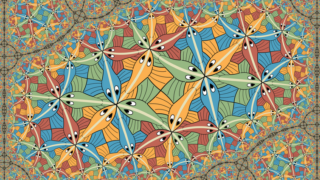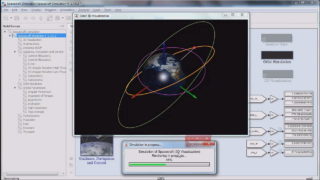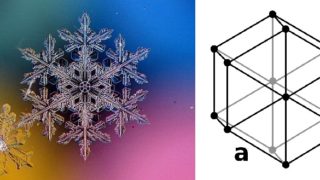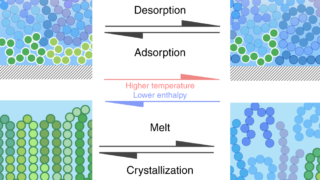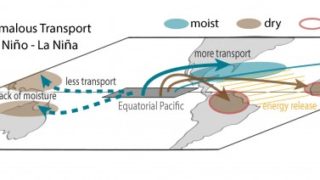
The role of atmospheric transport in El Niño
The El Niño Southern Oscillation (ENSO) is one of the most important modes of climate variability worldwide, with large impacts on the weather conditions in many regions, and thus on agriculture and economy. It is related to changes in the sea surface temperatures in the Tropical Pacific Ocean. Periods with higher temperatures cause the so-called […]

